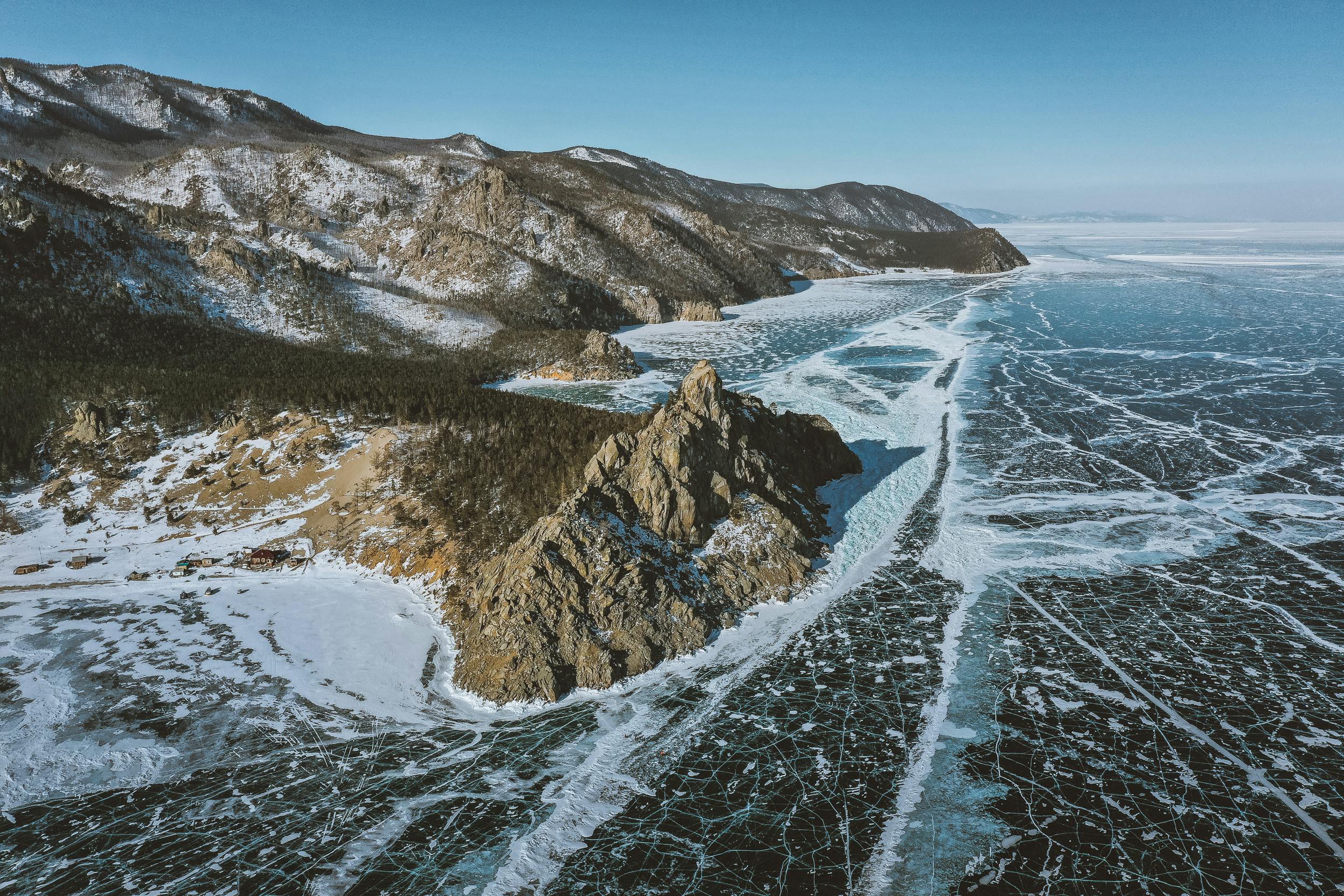This article is one in a series of articles on catching all twenty trout species in North America. The Splake is a different and unique fish that is probably the first hybrid trout ever produced.
Splake is one of the first hybrids to be bred in hatcheries in the United States and introduced throughout North America. Records are a bit hazy, but it appears that the first crosses were developed in the 1880s. Fish are created by crossing a male brook trout with a female lake trout. The name is also a hybrid using the “SP” of Speckled Trout (another name for Brook) and the “lake” part of Lake Trout. Several hatcheries have tried crossing a lake trout with a female brook trout to create a Brookinaw, but that hybrid has not been successful. When you cross two chars (both Brook and Lake Trout are in the char family) you get a fish with all char characteristics.
Some of the Splakes have the broken upper body lines that are characteristic of Brook, but most do not. They are certainly more colorful than the white-spotted lake trout, and I would consider them a pretty fish. Splake has some cool features that are unique. One of the most attractive to anglers is that the hybrid exhibits a phenomenal growth rate. Splake has been known to reach 18 inches within 2 1/2 years of hatching. A brook trout of the same age would be about 10 inches and a lake trout would be 16 inches. They are capable of reproducing, but usually do not. The only known natural breeding occurred in five lakes in Algonquin Provincial Park in Ontario, Canada.
I have fished Splake in Maine, Ontario and Maine. Since the fish are hybrids, the catch is only as good as the state stocking program. Maine has the largest Splake storage program, managing 53 waters primarily for Splake. Ten of those lakes are considered trophy management waters. Other Canadian states and provinces stock Splake, but on a somewhat smaller scale. The Maine Splake program has been surrounded by controversy. Some people in the state have not supported the introduction of this unique hybrid.
The Maine Inland Department of Fish and Wildlife produced a document explaining why Splake was being stockpiled and the benefits of the program. The most significant benefit is to the fishing public, and the document does a good job of explaining the other benefits. Utah uses the hybrids in areas where there are incidents of eddy disease in native trout. The hybrid does not appear to be susceptible to the disease. Ontario uses the hybrid in lakes where it has been difficult to establish any other type of trout fishery. Splake seems to be hardy and can flourish where other trout have a hard time. I think Splakes are magnificent and have enjoyed fishing them at every opportunity. They are a beautiful fish that fight well, but usually in the water.
I would offer this warning about Splake fishing in both Canada and Maine. Choose where you want to fish well. Many of the Splake waters in both areas have other species, and in both places I have caught more smallmouth bass when fishing Splake. Fishing in Utah was limited to a lake that had both Tiger Trout and Splake. I caught more Tiger Trout than Splake, but in that case I didn’t care.
The larger Splakes tend to have feeding habits similar to lake trout and are minnow eaters. All of my fishing is with a fly rod, so I use a series of tied clouser minnows for the area I’m fishing. Most of the minnow imitations I make look like a rainbow smelt. That is the main food source for Splake in Maine and Canada, but Canada also has sculpin as a food source. Fish in Utah have a slightly different diet, but I caught fish with smaller minnows and had more success in Utah with smaller nymphs. My favorite option in that area was a black stonefly nymph attached to a #10 hook.
Any Splake in the 5 to 10 pound range is considered a trophy fish. The world record is a 20-pound, 11-ounce fish that was caught in Ontario, Canada. Most state records are in the 10-pound range. The two places I would pick to fish for Splake are Utah and Maine, and I would fish in the spring in Maine and early in the season in Utah. Hybrids prefer water that is below 60 degrees F., and will wade into deep water in the summer. It’s really hard to catch them with a fishing rod or light gear at that time of year. Splake fishing is a spectacle on the lake and best done with a tube if you want to catch them with a fly rod. They are fun, beautiful and worth the effort.




